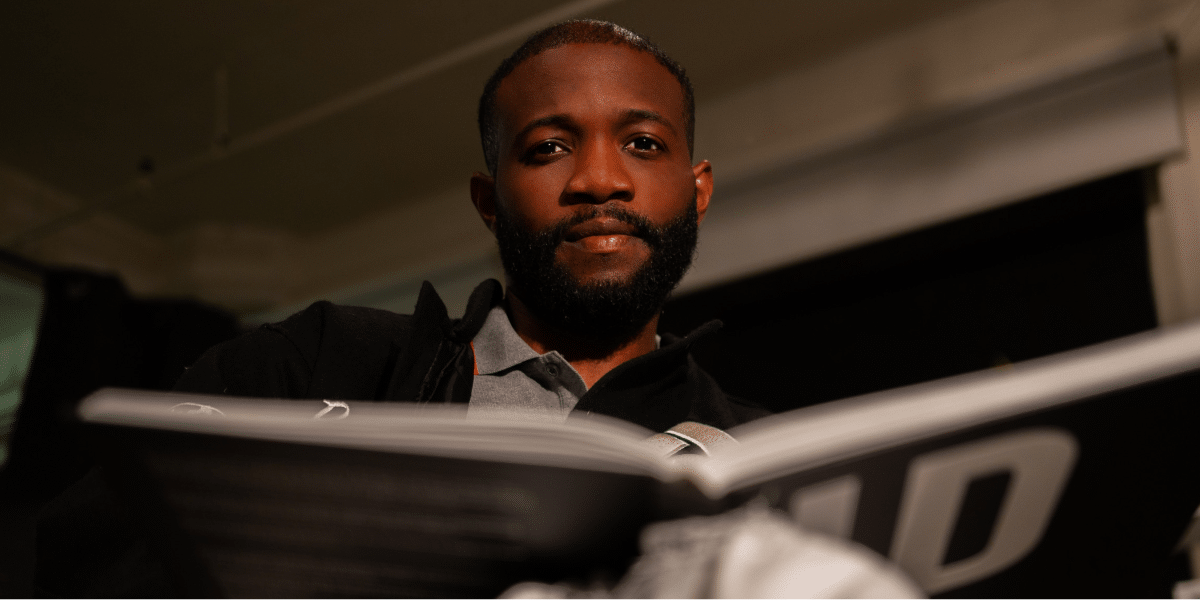The realm of orthodontics has always been at the forefront of adopting innovative technologies to enhance patient care. Recently, artificial intelligence (AI) has emerged as a game changer, offering unprecedented precision and efficiency in treatment planning and execution. This article explores how AI is reshaping the landscape of orthodontics, making personalized care more attainable than ever before.
The Integration of AI in Orthodontics
Artificial intelligence, once a futuristic concept, is now a reality in many dental offices around the world. AI in orthodontics primarily focuses on improving diagnostic accuracy and optimizing treatment strategies. By analyzing thousands of patient records, AI algorithms can predict treatment outcomes, suggest the course of action, and even identify potential complications before they become problematic.
For professionals like Dr. Michael Sawaf, a renowned orthodontist based in Franklin, Tennessee, the adoption of AI tools represents a significant advancement in how care is delivered. Dr. Sawaf, known for his meticulous approach to orthodontic care, recognizes the potential of AI to provide highly personalized treatment plans that cater to the unique needs of each patient.
Enhancing Diagnostic Precision
One of the key benefits of AI in orthodontics is its ability to enhance diagnostic precision. Traditional methods of diagnosis rely heavily on the orthodontist’s expertise and experience, which, while invaluable, can be supplemented with AI to achieve even greater accuracy. AI algorithms can process X-rays, photographs, and 3D scans to detect nuances that might be overlooked by the human eye.
For instance, AI can analyze the way teeth move within the mouth with much greater precision than traditional methods. This capability allows orthodontists to predict how teeth will shift over time, enabling them to design braces and aligners that are more effective and efficient. This level of customization was previously unattainable, making AI a revolutionary tool in the hands of skilled orthodontists like Dr. Sawaf.
Streamlining Treatment Processes
AI doesn’t just stop at diagnosis. It extends its benefits to the treatment process itself. Automated treatment planning tools powered by AI can save orthodontists a significant amount of time. These tools provide detailed guides on how to approach each case, suggesting adjustments and predicting how different treatments will impact the patient’s dental health.
Additionally, AI can streamline the workflow in an orthodontic practice. From scheduling appointments to managing patient records, AI systems help reduce administrative burdens, allowing orthodontists to focus more on patient care rather than paperwork. This efficiency is crucial for busy practices that aim to maintain high standards of care.
Customization at Its Core
Perhaps the exciting aspect of AI in orthodontics is the level of customization it offers. Each patient’s teeth, gums, and oral conditions are unique, and AI’s data-driven approach allows for treatments that are tailored to individual anatomical details. AI algorithms can sift through data to find patterns and correlations that inform more effective and personalized treatment plans.
For practitioners like Michael Sawaf, who emphasize precision in every aspect of their work, AI tools represent an opportunity to push the boundaries of what can be achieved in orthodontic care. By integrating AI into their practice, orthodontists can ensure that each patient receives the best possible outcome tailored to their specific needs.
Future Prospects and Challenges
As with any technological advancement, the integration of AI into orthodontics comes with its set of challenges. Issues such as data privacy, the need for extensive training to use AI tools effectively, and the initial cost of integrating these systems into existing practices are significant concerns. However, the potential benefits far outweigh these challenges, promising a future where orthodontic treatments are faster, more effective, and less intrusive.
Moreover, ongoing advancements in AI technology continue to open new avenues for research and development in orthodontics. As AI becomes more sophisticated, it is expected to provide even more detailed analyses and refined treatment options, further enhancing the ability to deliver personalized care.
Summary
The integration of AI into orthodontics is transforming the field, making personalized care more accessible and effective. For orthodontists like Dr. Michael Sawaf, AI offers tools that elevate the standard of care, ensuring that patients not only achieve the best outcomes but also receive treatments that are meticulously tailored to their individual needs. As AI continues to evolve, the future of orthodontics looks brighter and more promising than ever, with precision at its heart.
Published by: Khy Talara









